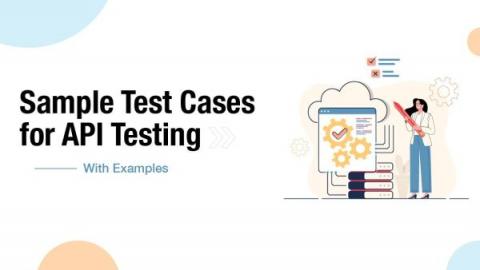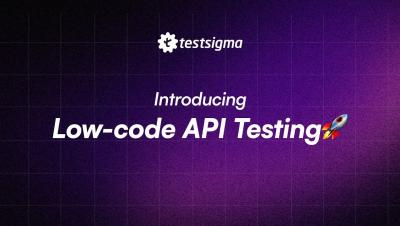What is Interface Testing with Types, Examples, and Tools
An application is a collection of several components functioning together to meet user requirements. APIs, servers, web services, databases, and more are intertwined under one roof to build software that does what you want it to do. For instance, your favorite e-commerce store has UI elements, cart and Wishlist functionality, secure payment option, rewards, login, and many more systems running together to improve your shopping experience. These separate modules communicate through an interface.










